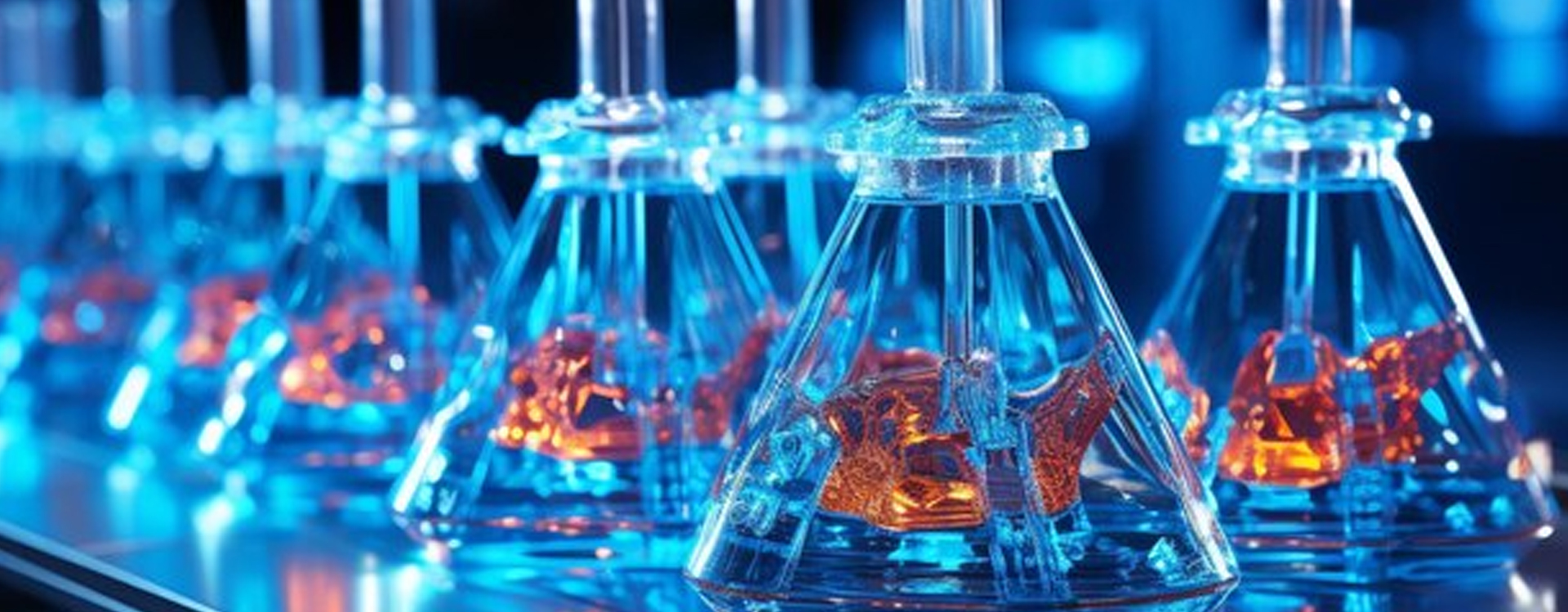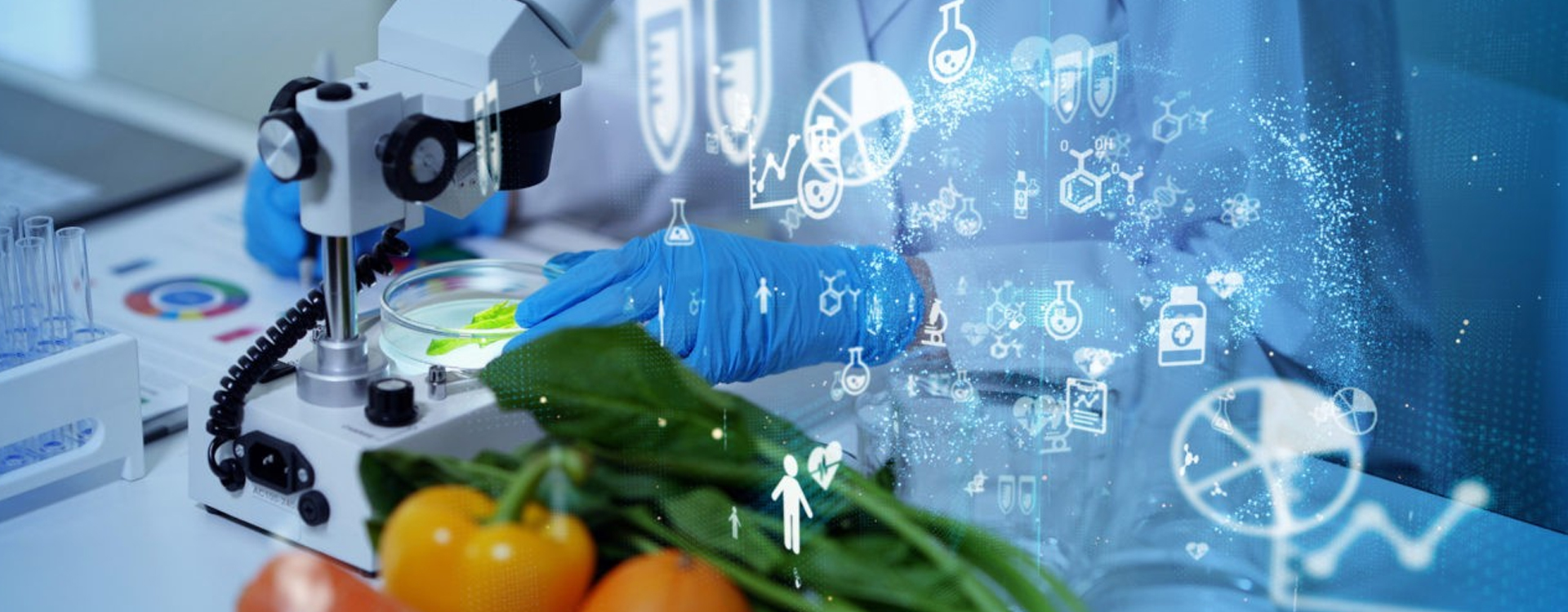Seminar Details
Fruits and vegetables (F&Vs) are highly perishable and prone to microbial spoilage and quality degradation, largely due to inefficient storage methods, leading to significant losses. Most F&V storage systems do not have disinfection facilities and are entirely dependent on grid electricity or partially dependent on solar energy, which provides energy only during daylight hours. In the existing solar cold storage systems, electric batteries are often used to provide backup power during nighttime, which increases the operating cost of the F&V storage system. Hence, there is a need to develop proper methods and equipment for effective disinfection and storage systems for F&V. In this study, operation, i.e., pre-cooling, disinfection, and low-temperature storage unit for F&Vs are designed and developed for preservation and shelf life enhancement during storage, utilizing solar energy as its power source. Various physical, textural, thermal and quality analyses of amla fruit (model fruit) were investigated for designing the system. The bulk and true density of amla fruit were 661 and 1044 kg/m3, while thermal properties such as specific heat and thermal conductivity were 3.73 kJ/kg °C and 0.55 W/m°C, respectively. The physicochemical properties of amla fruits significantly changed during post-harvest storage. These quality changes were related to moisture, weight loss, and decreased intercellular space in the microstructure. The equipment is designed using CATIA V5 software as a portable machine for all types of F&V preservation. The equipment is fabricated with stainless steel (SS304L) for fruit contact parts and mild steel for the support structure of the equipment. The equipment consists of a pre-cooling cum disinfection system, low-temperature storage units, and a cold thermal energy storage system that stores cold energy used during nighttime or in the absence of solar energy. The developed system was tested on two different types of fresh produce: amla and tomato. Both samples were independently tested in a developed pre-cooler cum disinfection unit (ozone-assisted hydrocooling). Ozone-assisted hydrocooling (OAHC) treatment was done by incorporating the ozone gas with the hydrocooling process. Different ozone concentrations were dissolved into hydrocooled water and presented no negative impact on the cooling rate, microstructure, and quality of fresh produce during testing of precooling cum disinfection system. It was also found that precooling cum disinfection treatment effectively reduces the E coli count by 2 and 3 log reductions from tomato and amla, respectively. In addition, E coli inactivation was increased significantly (p<0.05) with increasing ozone concentration. SEM images confirmed that OAHC did not alter the microstructure of amla and tomato during pre-cooling. More importantly, OAHC retarded the quality degradation of amla and tomato during storage. Moreover, it was observed that the ascorbic acid, weight loss, firmness, and TPC were significantly (p<0.05) higher in OAHC-treated samples compared to cold room cooled samples during storage. Ozone integration with the hydro cooling process emerges as a green technology for disinfection and precooling of fresh produce without adversely affecting its quality characteristics. The cost economic analysis of the developed system has been reported that the unit cost of the machine was ₹450000. The cost-benefit ratio was calculated as 2.99 with a payback period of 0.33. The equipment developed is considered to be economically and commercially feasible for farmers and small and medium-scale industries.


